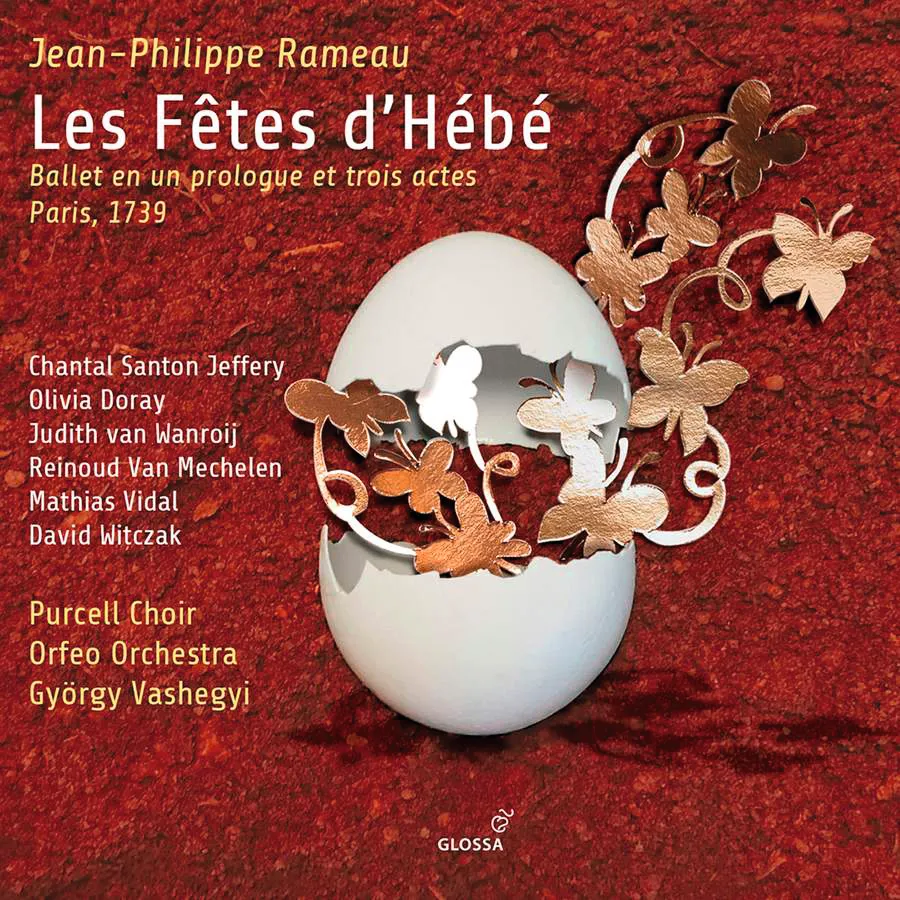
Rameau Les Fêtes d’Hébé Chantal Santon Jeffery, Marie Perbost, Olivia Doray, Judith van Wanroij, Renoud van Mechelen; Purcell Choir; Orfeo Orchestra/György Vashegyi Glossa GCD924012 175:44 mins (3 discs)
Rameau’s opera-ballet Les Fêtes d’Hébé was first performed in 1739, at the end of an extraordinarily fertile decade which saw the premières of Hippolyte et Aricie, Les Indes galantes, Castor et Pollux and Dardanus. In each of the three entrées or acts of Les Fêtes d’Hébé the probable librettist, Antoine Gautier de Montdorge, features a different form of art: poetry, personified by Sappho, music by Tyrtaeus and dance by a shepherdess Eglea, a pupil of Terpsichore. These are the Lyric Talents of the opera’s subtitle. The original cast included several of the greatest artists of the time, among them the soprano Marie Fel, immortalised by the painter Quentin de la Tour, tenor Pierre Jelyotte and danseuse Marie Sallé.
György Vashegyi, his Purcell Choir and Orfeo Orchestra, with an accomplished group of soloists enliven this musically rewarding score with imagination and rhythmic vitality. The beguiling third entrée, La Danse was a favourite of Rameau’s public and has, broadly speaking remained so in present times. This drowsy, almost dreamlike pastoral vignette contains colourfully orchestrated dances in the composer’s headiest vein. From among a wealth of ideas, often of startling originality a ‘Musette en rondeau’, treated both instrumentally and chorally with solo episodes, and a concluding ‘Tambourin’ deserve mention. Both are inspired reworkings of pieces in the 1724 harpsichord collection.
As he has done in the past, Vashegyi leaves no stone unturned where this dance-rich score is concerned. In addition to the Prologue and three Entrées he includes an earlier discarded version of the second one which Rameau substantially revised following criticism of his original.
Nicholas Anderson
More reviews
Forgotten cello masters are given a voice at last
French discoveries reveal unexpected treasures
Putting the drama back into Mozart’s D minor
Fabulous Fabiano delivers a sizzling selection of arias
Jiří Bělohlávek’s reappraisal of Suk has a fairytale ending
Stunning performances of Weinberg symphonies